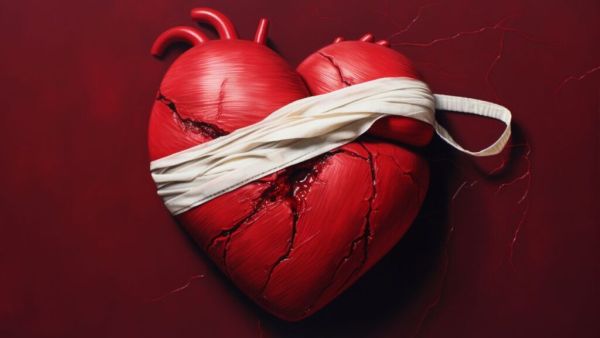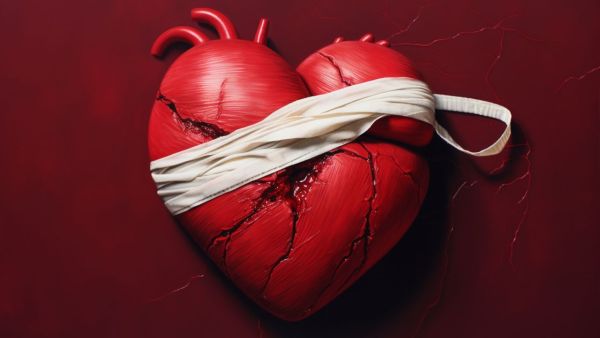

With the death of actress Shefali Jariwala, a disease called cardiac arrest has once again come into the limelight. Cardiac arrest is a heart - deadly disease that people consider to be a heart attack. Is cardiac arrest really a heart attack? People live in a lot of confusion about this, often people feel that heart attack and cardiac arrest are the same but both symptoms and treatment of these diseases are different.
Both of these diseases from symptoms to treatment are completely different. Let us know the difference between cardiac arrest and heart attack…
A heart attack or heart attack is a major and serious disease here. In this, since childhood, everyone gradually collects plaque in the arteries with their food and drink. When this plaque increases in more arteries, then the veins through which the heart pumps blood throughout the body, those veins are interrupted somewhere in the middle, which is known as coronary artery disease. The plaque stored in the veins here makes the arteries compressed, causing the blood flow to the heart slow or completely stops. In the state of blood flow, one can break by creating obstruction in another part of the artery. After this, the patient’s chest takes severe pain and he becomes unconscious, it is called a heart attack. In the condition of this disease, symptoms can be identified and treated.
Chest pressure or pain, difficulty in breathing, sweating, chest tightness, shoulder, neck, hand or jaw to the jaw, with or vomiting, or vomiting of chest or indigestion in chest, sudden dizziness or fainting for some time, etc. are symptoms of heart attack. On the basis of these symptoms, you can avoid the risk of the disease.
Even though it is a heart - disease, but its name is cardiac arrest. According to the health expert, a heart attack is technically called myocardial infarction (MI) or cardiac arrest attack. If there is any kind of disturbance in the heartbeat or rhythm, the heart suddenly stops working. At the same time, the heart stops beating in cardiac arrest and stops pumping blood to the vital organs. In this case, the patient dies in a few minutes.
These are symptoms
Dizziness, unexplained breath discomfort, chest pain, seizures (usually in arms or legs), feeling nausea or vomiting are its symptoms.